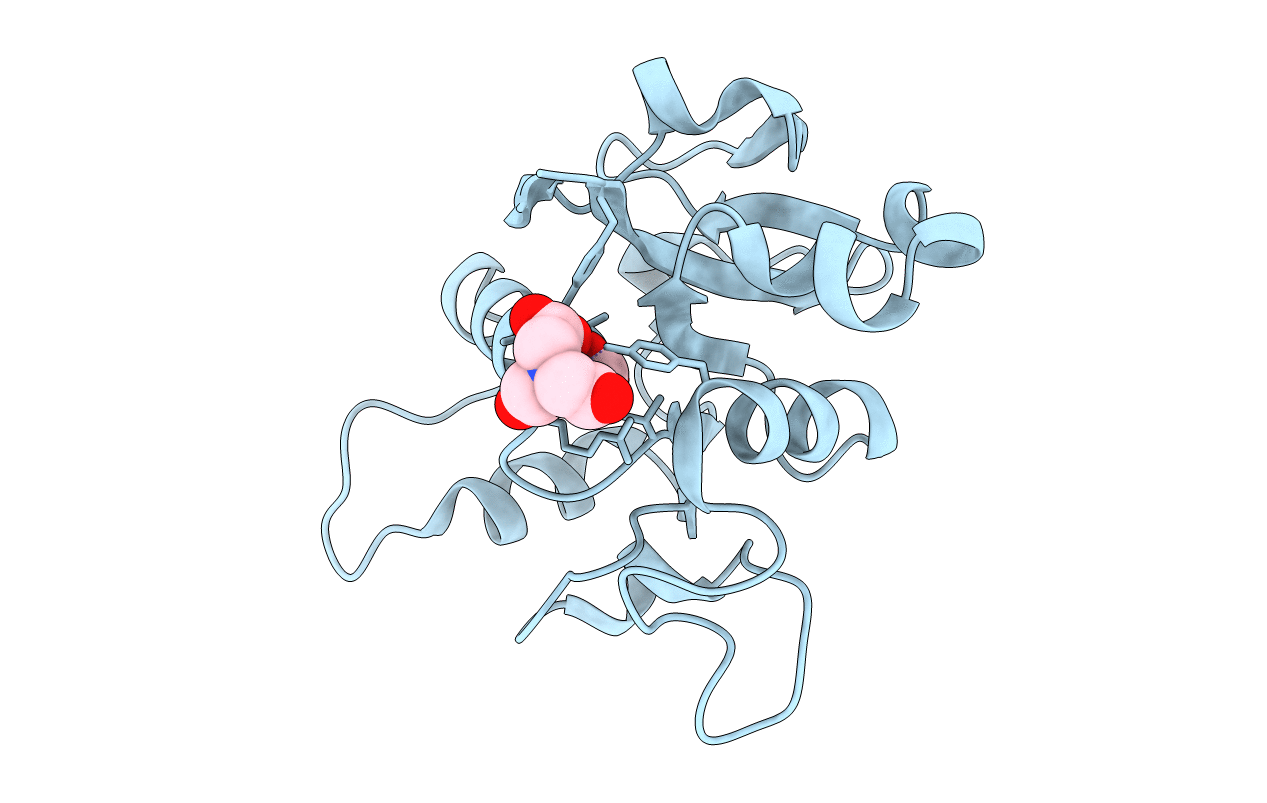
Deposition Date
2002-02-07
Release Date
2002-02-12
Last Version Date
2024-10-16
Entry Detail
PDB ID:
1GVC
Keywords:
Title:
18kDa N-II domain fragment of duck ovotransferrin + NTA
Biological Source:
Source Organism:
ANAS PLATYRHYNCHOS (Taxon ID: 8839)
Method Details:
Experimental Method:
Resolution:
1.90 Å
R-Value Free:
0.21
R-Value Work:
0.18
R-Value Observed:
0.18
Space Group:
P 31


